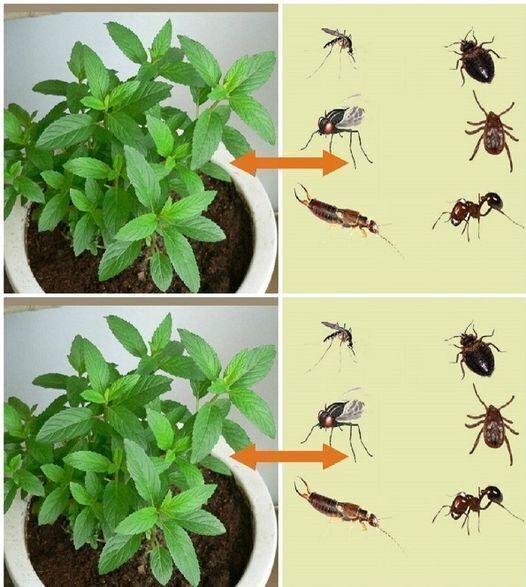Materials Needed:
- Whole bay leaves (fresh or dried)
- A small bowl or container (optional)
Instructions:
- Choose Your Bay Leaves: Fresh or dried bay leaves both work well. Dried leaves are particularly effective due to their concentrated aroma.
- Strategically Place Bay Leaves:
- For Spiders: Place whole bay leaves in the corners of rooms, under furniture, and near windows and doors.
- For Mice: Scatter bay leaves in areas where you suspect mice activity, such as along baseboards and behind appliances.
- For Ants: Crush bay leaves and sprinkle them along ant trails and near entry points.
- For Cockroaches: Place bay leaves in dark, damp areas where cockroaches are likely to hide.
- For Moths: Place bay leaves in wardrobes, drawers, and pantry items.
- Replace Regularly: Bay leaves lose their potency over time. Replace them every few weeks or as needed to maintain effectiveness.
- Monitor: Keep an eye on pest activity and adjust the placement or quantity of bay leaves as necessary.
Additional Tips
- Combine Methods: For more effective pest control, combine bay leaves with other natural remedies or pest control methods.
- Ventilation: Ensure your home is well-ventilated to avoid the buildup of strong scents.
- Safety: Bay leaves are non-toxic, but avoid ingestion or direct contact with sensitive skin.
Conclusion
Bay leaves are a natural, cost-effective solution for keeping pests like spiders, mice, ants, cockroaches, and moths out of your home. By leveraging their strong aroma, you can create a less inviting environment for these unwanted guests. Incorporate bay leaves into your pest control routine and enjoy a more pest-free home with minimal effort!
